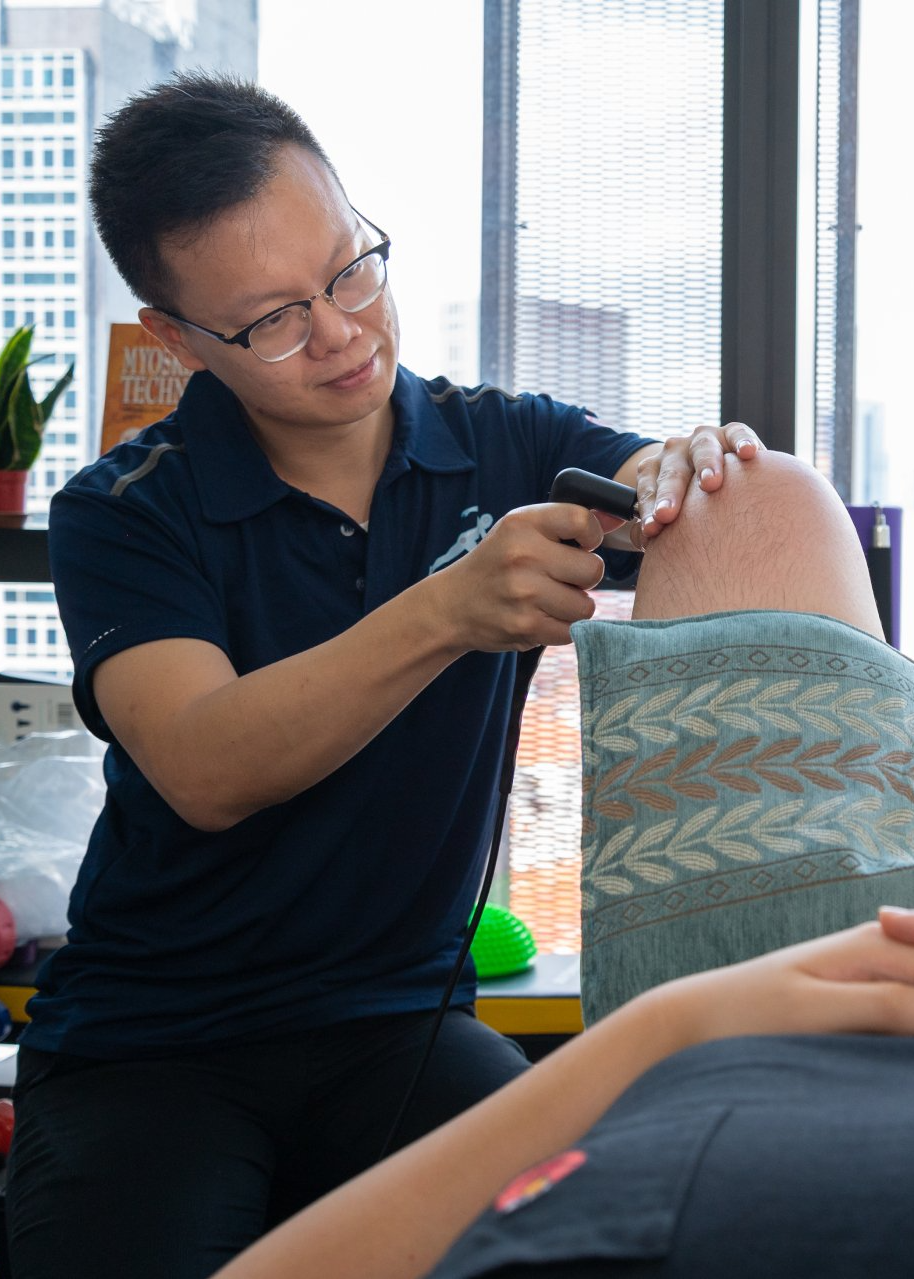Knee pain is a prevalent complaint that can affect people of all ages. There are several potential causes of knee pain, including sudden injuries, overuse injuries, and underlying medical conditions such as arthritis, gout, or infections. Many types of minor knee pain can be effectively treated with self-care measures such as rest, ice, compression, and elevation. However, chronic knee pain is a more long-term condition that involves ongoing pain, swelling, or sensitivity in one or both knees. Chronic knee pain can be caused by a variety of factors and may require therapy to alleviate symptoms. Unlike acute knee pain, chronic knee pain is not always attributable to one specific incident and may be the result of multiple causes or underlying conditions.

CALL +6587141543 TODAY TO SCHEDULE YOUR FIRST APPOINTMENT


